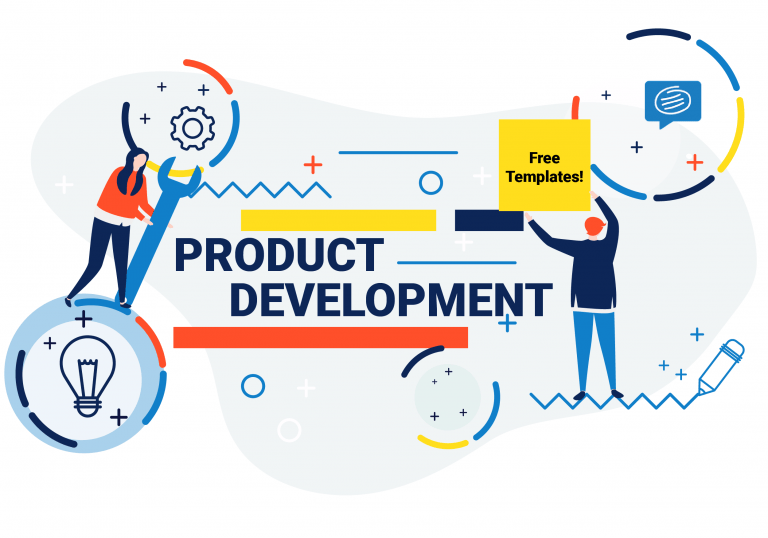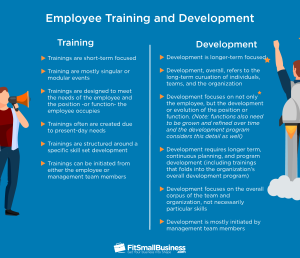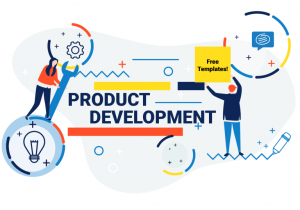
The Importance of Product Development
Product development plays a crucial role in the success of any business. It involves creating and improving products to meet the ever-changing needs and demands of consumers. In today’s fast-paced and competitive market, companies must continuously innovate and develop new products to stay ahead of the game.
Understanding Consumer Needs
Before starting the product development process, it is essential to understand the needs and preferences of your target audience. Conducting market research and gathering feedback from customers can provide valuable insights into what features and functionalities consumers are looking for in a product.
Utilizing Technology
Technology is constantly evolving, and businesses must leverage the latest advancements to drive product development and innovation. Whether it’s incorporating artificial intelligence, virtual reality, or blockchain technology, integrating these cutting-edge technologies into your products can give you a competitive edge.
The Product Development Process
The product development process typically involves several stages, starting from ideation and concept development to design, prototyping, and finally, production. Each stage requires careful planning, collaboration, and testing to ensure a successful outcome.
Brainstorming and Ideation
During the brainstorming phase, teams come together to generate ideas and concepts for new products or improvements. This stage encourages creativity and out-of-the-box thinking, allowing for a wide range of possibilities.
Concept Development and Design
Once the ideas are generated, the next step is to refine them into concrete concepts. This involves conducting feasibility studies, creating design prototypes, and mapping out the product’s features and functionalities.
Prototyping and Testing
After the design phase, prototypes are created to test the product’s functionality, usability, and durability. This stage allows for feedback and iteration, ensuring that the final product meets the desired standards and requirements.
Production and Launch
Once the product has been thoroughly tested and refined, it is ready for production. This involves manufacturing the product on a larger scale and preparing for its launch in the market. A well-executed launch strategy is crucial for creating awareness and driving sales.
Innovation in Product Development
Innovation is at the heart of successful product development. It involves finding new solutions to existing problems, creating unique features and functionalities, and staying ahead of the competition. Companies that prioritize innovation are more likely to attract and retain customers in today’s dynamic market.
Continuous Improvement
Product development and innovation are ongoing processes. Even after a product is launched, companies should continuously seek feedback, monitor market trends, and make improvements to stay relevant and meet evolving consumer needs.
Cross-functional Collaboration
Innovation often thrives in collaborative environments where teams from different departments work together to share ideas and expertise. By fostering a culture of collaboration, companies can leverage diverse perspectives and experiences to drive product development and innovation.
Embracing Customer Feedback
Customer feedback is invaluable in the product development process. Actively seeking and incorporating feedback allows companies to address any issues or concerns, improve product features, and enhance the overall customer experience.
Conclusion
In today’s competitive market, product development and innovation are vital for business success. By understanding consumer needs, leveraging technology, and following a structured development process, companies can create innovative products that resonate with their target audience. Continuous improvement and a focus on collaboration and customer feedback are key to staying ahead in the ever-evolving landscape of product development.






